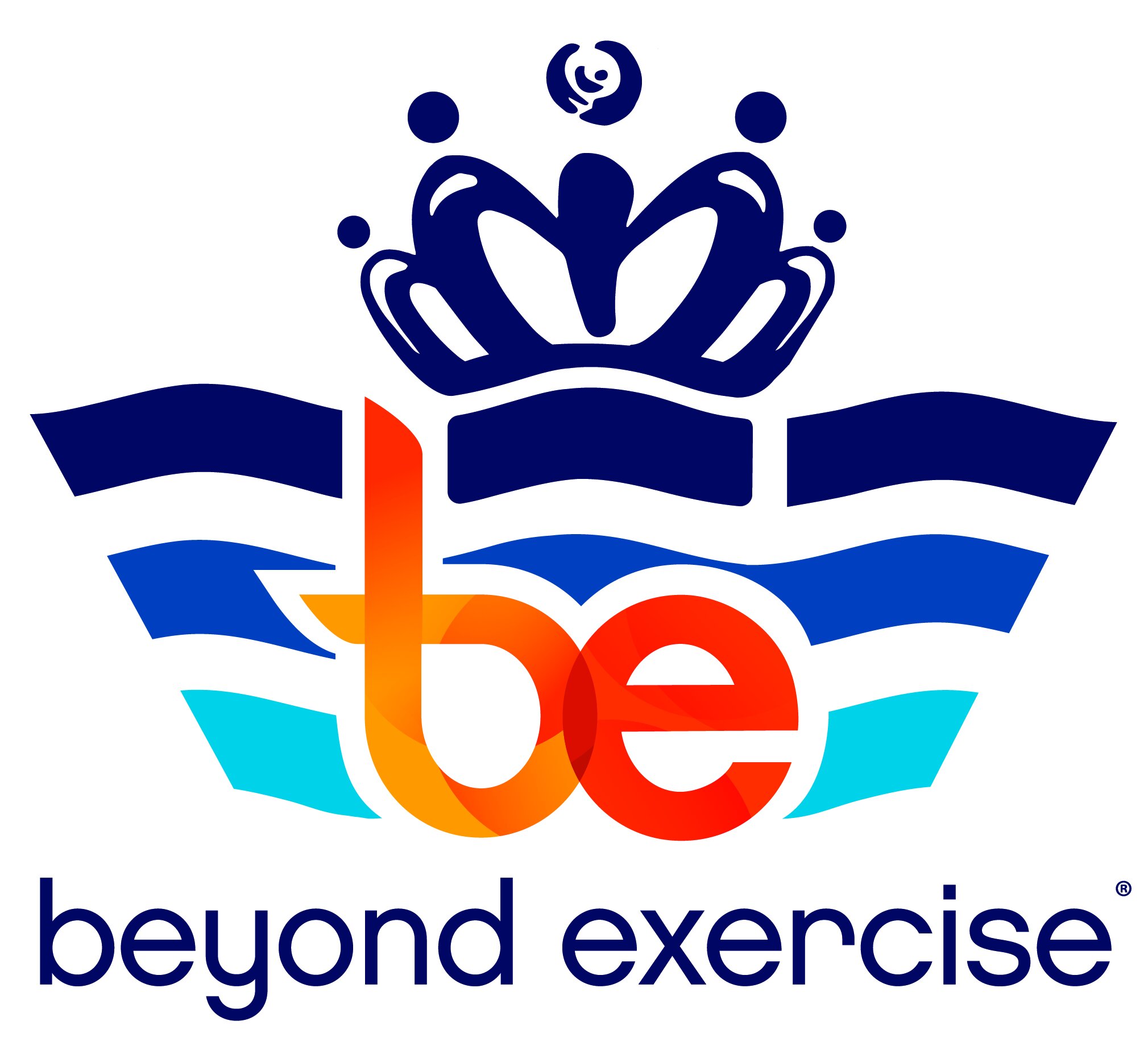Training With Your Menstrual Cycle
by Deanett Pierce, Menstrual Cycle Coach
Why train with your cycle?
Most fitness training programs are based on data from studies on males ages 18-24. As women, our hormones do not stay consistent through the month like males. All premenopausal females should have a monthly period, and with that period there is a fluctuation in our hormones. Our hormones are tied to our strength, power, recovery and even how our bodies absorb and process our nutritional intake.
What are the phases of your cycle?
There are three distinct phases of your menstrual cycle--Follicular Phase, Ovulation, Luteal Phase.
The total duration of your cycle can vary from 21-40 days. An average cycle lasts 28 days.
Breakdown of 28-day cycle
Follicuar Phase
Starts with Day 1 of your cycle (first bleed day). This is when estrogen and progesterone are at their lowest level. Lasts about 14 days.
Ovulation
Occurs at end of follicular phase when an egg is released. Lasts ~2 days.
Luteal Phase
Follows ovulation. This is when estrogen and progresterone hormones start to increase in order to prepare the uterus in the event pregnancy occurs. Lasts ~14 days.
Train hard during the follicular phase
During this phase, we tend to sleep better AND get more restorative sleep. The body can perform and tolerate at higher levels during this phase. It is important to take advantage of this phase by lifting heavy weights along with HIIT and SIT training. You feel stronger, can push harder, and recover better during the follicular phase. Try to aim for 3-4 workouts per week during this 2-week phase.
Continue to challenge your body during ovulation
Typically, you continue to feel good during this phase. Some women can still feel powerful and strong during the two days of ovulation.
Reduce your intensity during the luteal phase
You may feel flat, have more anxiety, difficulty sleeping, brain fog, more muscle fatigue, and struggle to hit high intensities with exercise during this phase. You will also have difficulty recovering from workouts. Exercise intensity should be reduced at the onset of this phase, eventually progressing to light weight or body weight towards the end of this phase.
“I feel like sh$!”
During the early luteal phase, you may start to feel a general tiredness. By the time you enter the late luteal phase, you are feeling sluggish and tired. Common symptoms include:
Difficulty sleeping, especially deep restorative sleep.
Lower fatique threshold
Increase respiration rate during activities
Nutritional considerations during your luteal phase
The elevation of estrogen and progesterone changes how your body uses and stores carbohydrates for fuel and energy.
At this time your body is conserving carbs to use them—along with magnesium and zinc—to build a healthy endometrial lining in case of a pregnancy. This means your carbohydrate stores are not readily available as a fuel source during workouts.
Therefore, you need to fuel with more carbohydrate before/during your workout in order for you to be able to meet the body’s fuel demands.
This is extremely important if you are needing to perform at a high intensity during this phase of your menstrual cycle, such as when competing.
Timing of your protein intake around your training is more critical during the luteal phase. This is due to the elevation of progesterone, which increases the breakdown of protein. You will need to be mindful of ingesting protein after your workout in order to receive the positive adaptations from stressing your muscles. This will help you build muscle (ie. get more lean).
Want to learn more?
Our menstrual cycle exercise specialist, Deanett Pierce, is currently taking appointments where she will review and asses the symptoms related to your menstrual cycle, formulate a menstrual tracking plan, and help you formulate and execute an exercise plan with the guidance of our personal training team.


